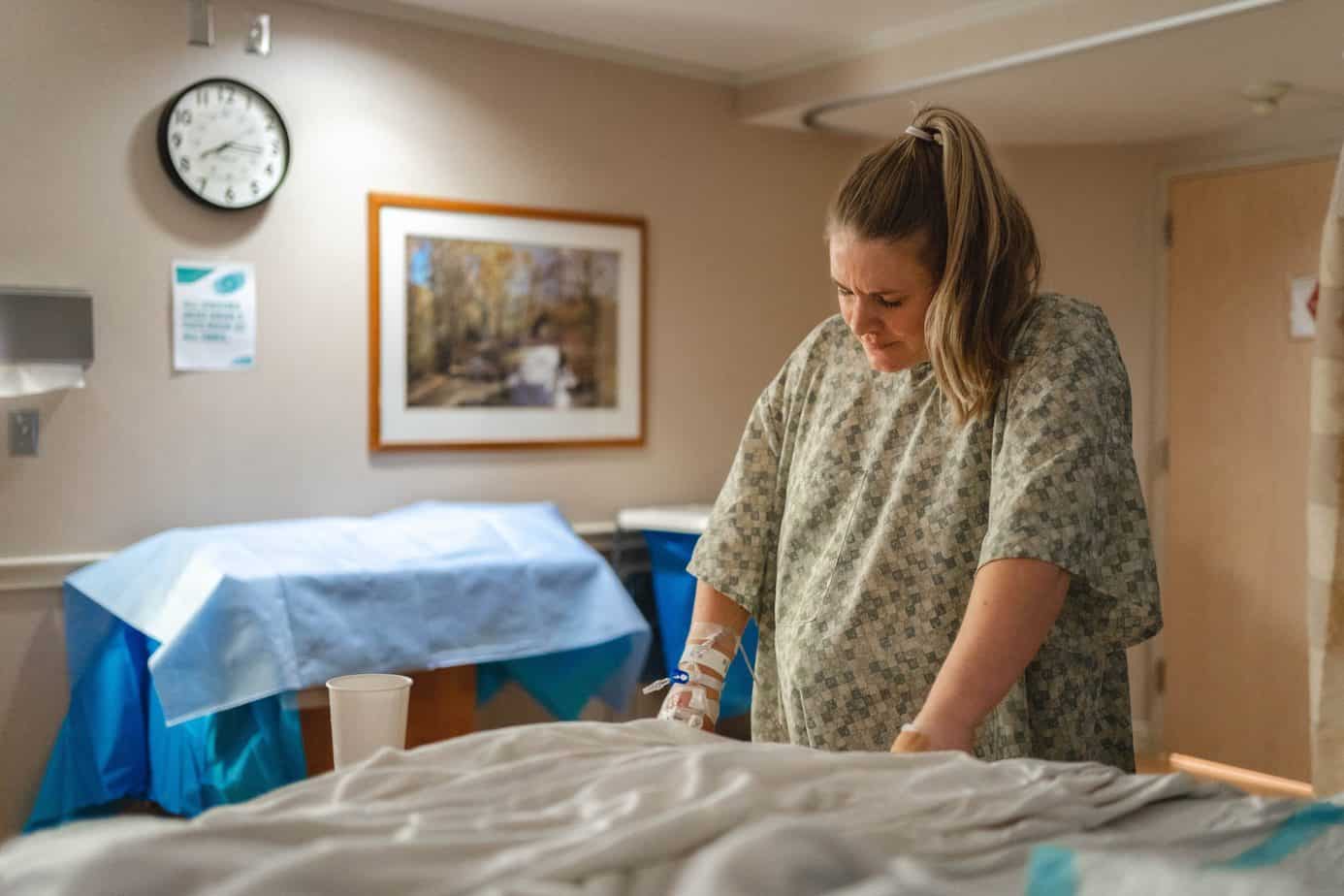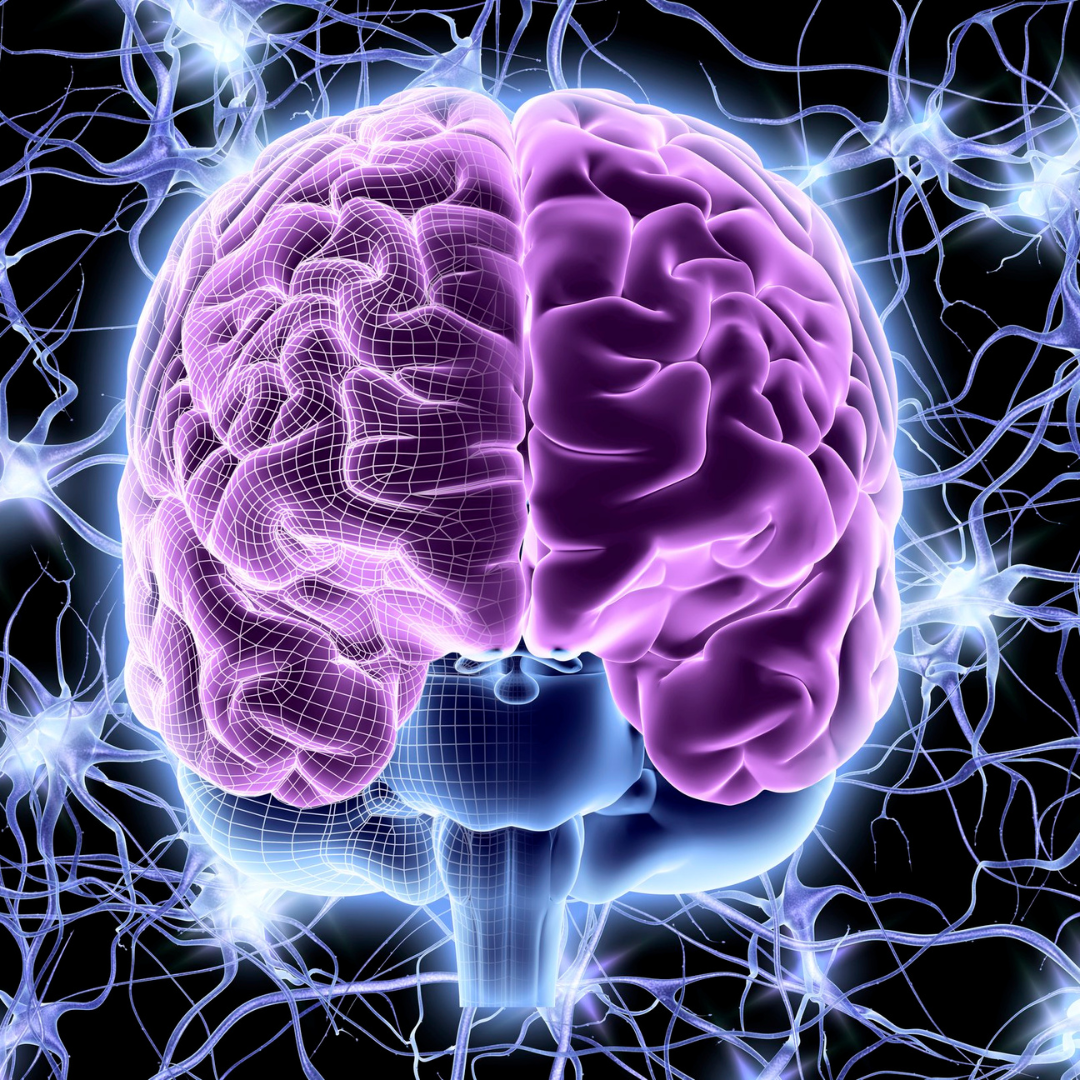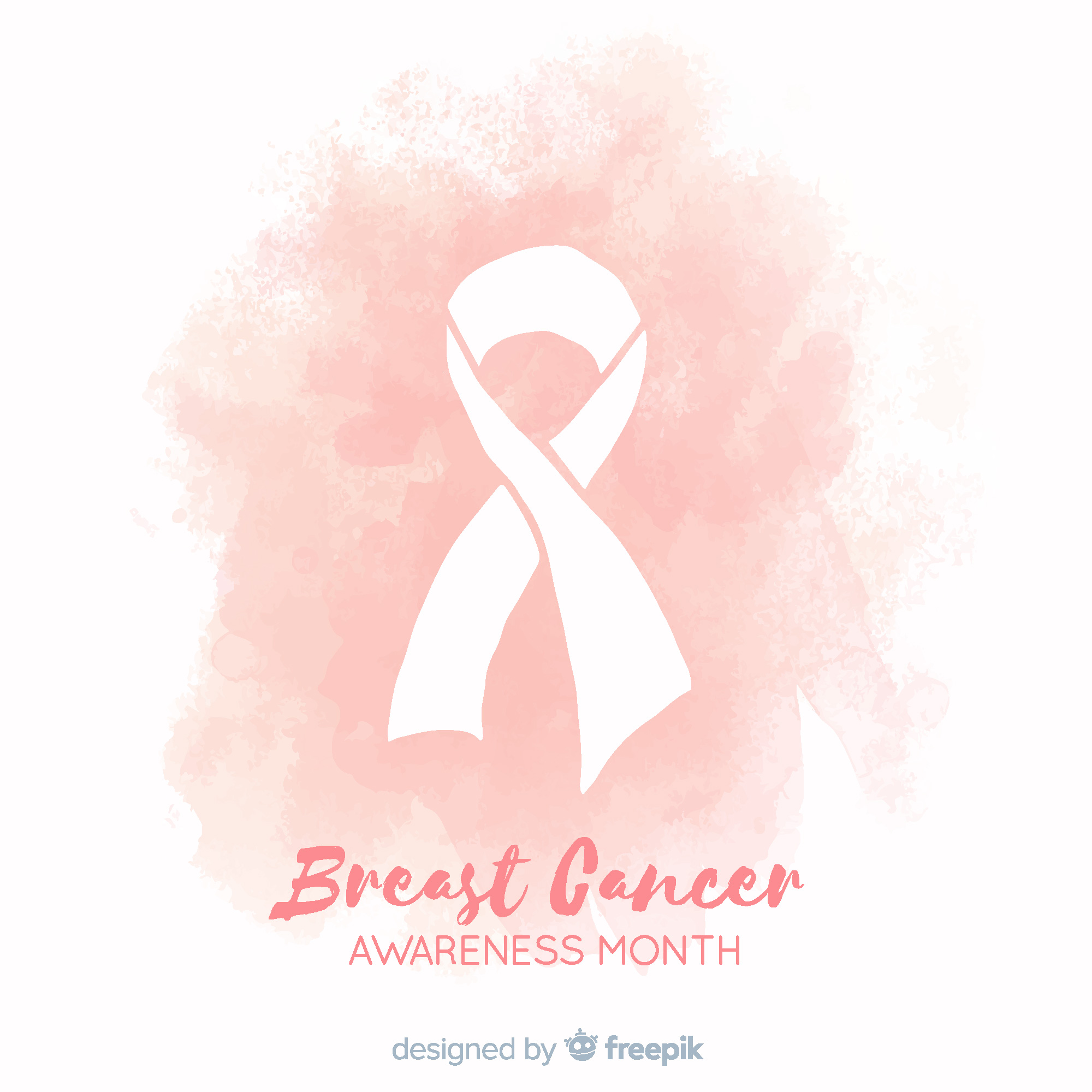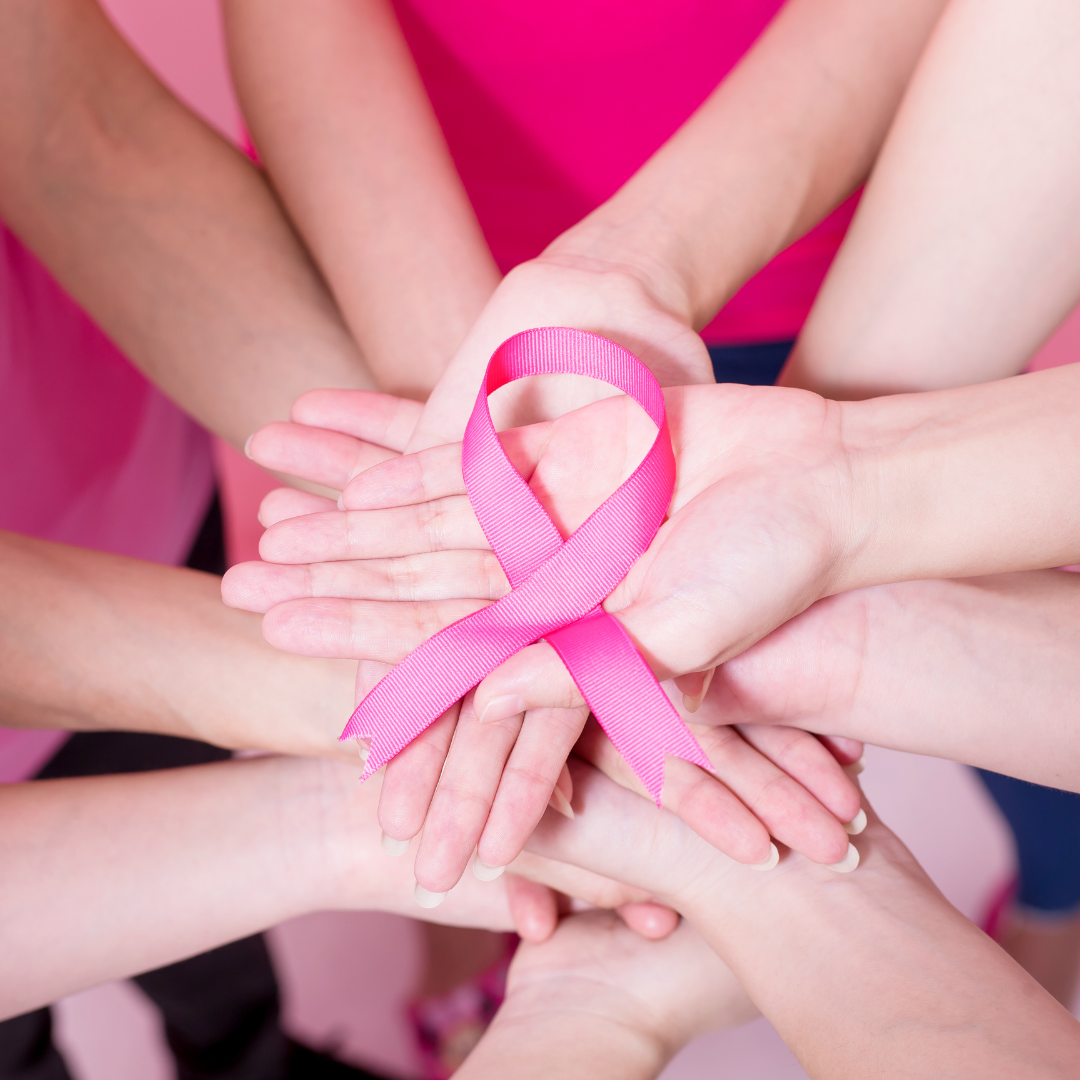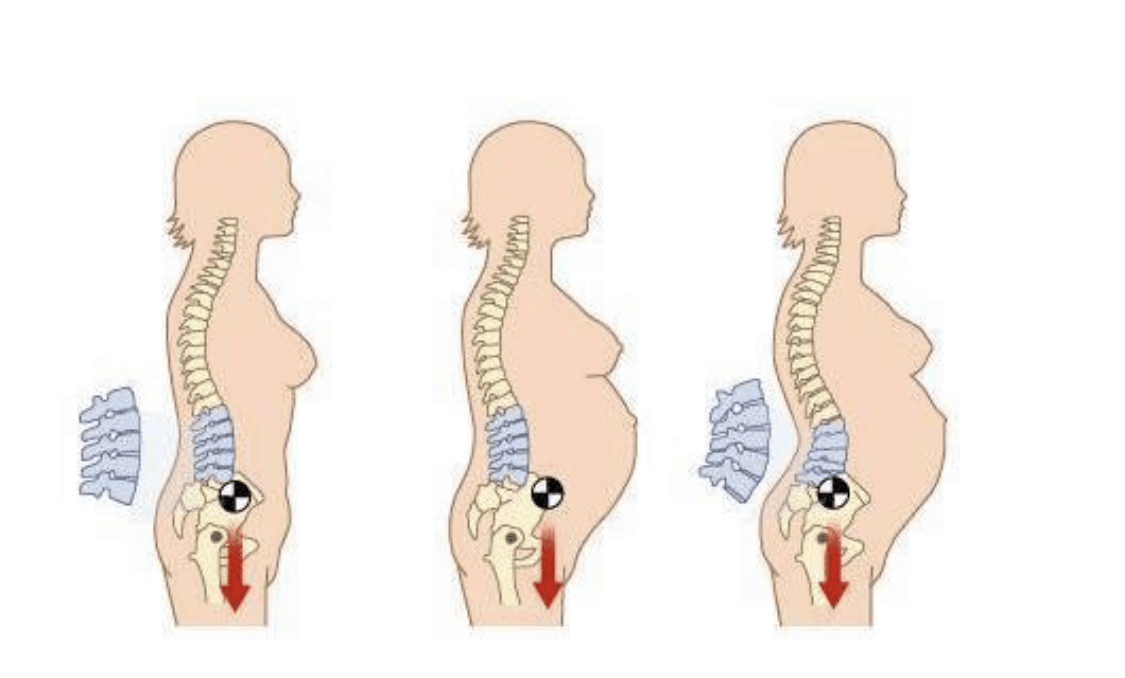Mastitis and Blocked Ducts
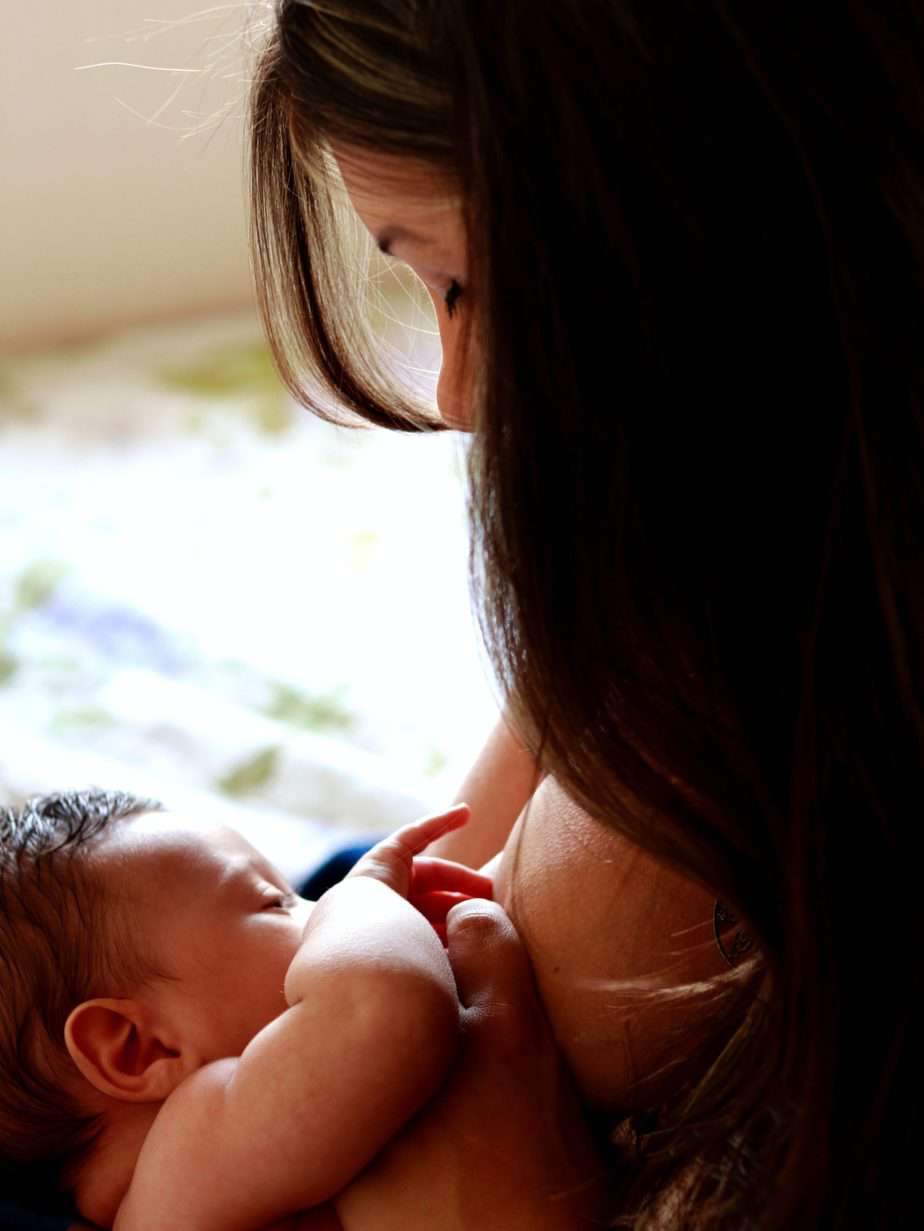
Two-thirds of breastfeeding women experience blocked lactation ducts. 20% of breastfeeding women report problems with mastitis in developed countries. Mastitis is due to an infection (almost always due to bacteria rather than other types of germs) that usually occurs in breastfeeding parents in the first few weeks after giving birth. Bacteria may enter the breast through a crack or sore in the nipple but those without sore nipples also get mastitis and most who have cracks or sores do not. It can occur in any woman, even if she is not breastfeeding and can even occur in newborn babies of either sex and in males, though rare.
Is it a blocked duct or mastitis?
Blocked ducts can occur if the breastfeeding mother has a good milk supply, but the baby has a poor latch. This will result in poor emptying of the breast. Mastitis is different from a blocked duct because a blocked duct is not caused by infection and is not usually associated with fever, so it does not need to be treated with antibiotics. With a blocked duct, there is a painful, swollen, firm mass in the breast. Both blocked ducts and mastitis are fairly painful, but mastitis is usually more painful. The skin overlying the blocked duct is often red, but less intensely red than the redness of mastitis. A blocked duct may even progress to mastitis. Differentiating between a diagnosis of a “mild” mastitis and a “severe” blocked duct can be difficult and, in fact, there may be no difference.
How Can PT Help?
A trained physical therapist will utilize manual techniques such as manual lymphatic drainage and therapeutic ultrasound. Manual lymphatic drainage is a gentle type of manual therapy geared toward decreasing swelling and inflammation by utilizing gentle rhythmic strokes that follow anatomical lymph pathways. This process facilitates the movement of fluid within the lymph vessels. This process helps the lymphatic system return excess fluid and proteins to the circulation. Treatment ultrasound uses sound waves that permeate deep into the breast tissue to warm the area, thus decreasing the blockage and improving circulation.


